When I was growing up in South Florida, my father would often drive our family to down to the Florida Keys to go fishing. The Keys, as they are known, is the chain of islands strung together by hundreds of bridges and stretching all the way down to Key West, which is situated at the southernmost tip of the continental United States.
Down in the Keys, I often heard the name Ernest Hemingway mentioned in the conversations between my parents and their friends. Hemingway was—and still is—a legend there. He spent a lot of time in Key West, and would often fish there and in nearby Cuba, just 90 miles due south.
What I didn’t know at the time was that besides taking boats out into the Atlantic to go deep sea fishing—one of his favorite pastimes—he also liked to write while sitting on a boat anchored just off the coast of Key West. For him, it was the perfect place to get away from the crowd and focus on his writing.
This is just one of the surprising facts about Hemingway and other great writers that I discovered in Process: The Writing Lives of Great Authors, a new book by journalist Sarah Stodola. In her book, she covers the techniques, habits and inspirations of 18 of the greatest writers of the 20th century and today.
Some of the writing routines she describes seem quite ordinary. Others are of the quirkier sort.
I had the pleasure of interviewing Sarah in the latest episode of my new podcast, Write With Impact. After chatting about five of the authors she profiles, she drew a few conclusions about the writing processes of these great authors.
While each of the writers she studied vary considerably in their writing processes and habits, there are a few common threads that tie them together:
- Far more writers work well in the morning. Getting up in the morning and getting straight to work appears to be the best way for these writers to stay productive.
- Taking a walk everyday at midday or doing some other activity that takes them away from the writing desk and out of the “head space” of writing. Margaret Atwood, for example, finds doing rote everyday chores such as housework conducive to generating some of her best ideas for her novels.
- During the course of her research, Sarah was surprised to discover how many drafts even the great writers go through before producing the final draft that is their masterpiece (encouragement for us mere mortals).
- Most of the writers she studied are very regimented in their work routines. They stick to strict daily schedules, and hone a lifestyle around their writing career. Most of their lives are less glamorous and far more prosaic than most people imagine.
Here are some of the “productivity hacks” that are used by six of the authors she profiles in her book:
Margaret Atwood discovers some of her best ideas while doing housework
 While not spending time on the popular writing app Wattpad, or chatting with readers on Twitter, Margaret Atwood gets some of the best ideas for her novels while doing housework and other rote chores. “I think it induces ideas to do a repetitive activity that is not connected with writing.”
While not spending time on the popular writing app Wattpad, or chatting with readers on Twitter, Margaret Atwood gets some of the best ideas for her novels while doing housework and other rote chores. “I think it induces ideas to do a repetitive activity that is not connected with writing.”
Vladimir Nabokov wrote in bathtubs and in the back seat of his car
Nabokov and his wife stayed at motels while they were on a road trip through the US. It was at this time that he was writing Lolita, the book that would bring him massive commercial success and enable him to retire from his teaching job at Cornell and move to Switzerland. To work effectively, Nabokov needed absolute silence, which he sought in the confines of bathtubs and the back seat of his car.
Toni Morrison plotted her first novel while her young children were playing around her
At the age of 35, newly divorced and with two young children to raise, Toni Morrison would get up early in the morning to write. While taking care of her kids, she would mull over the storyline and characters for her first novel, The Bluest Eye, which took her five years to write.
Jack Kerouac wrote on 120-foot scrolls
To avoid having to stop writing after he reached the end of each page in his typewriter, Jack Kerouac wrote his first novel On the Road on a 120-foot scroll over the course of a drug-fueled three-week period (which he accomplished after planning the book for the previous three years).
Virginia Woolf developed her stories during her daily walks
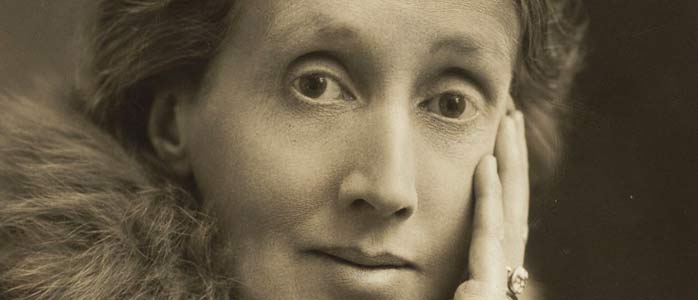
Virginia Woolf would plot out her stories while taking her daily walks in and around London. She also wrote consistently in a diary to not only practice her writing, but to plan her writing.
James Joyce wrote less than 100 words a day—but he never gave up
James Joyce wrote an average of just 90 words a day, based on the eight years it took him to write the 265,000 words in his novel Ulysses. Before Ulysses, it took him ten years to complete his first two books, Dubliners and A Portrait of the Artist as a Young Man.
But he never gave up.
***
What do you find about the writing processes of great authors that is helpful to your own writing? Please share your thoughts in the comments below!

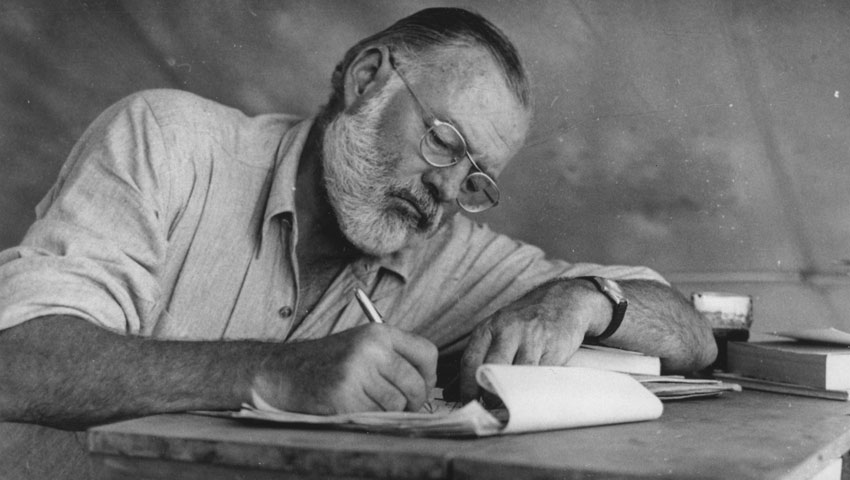
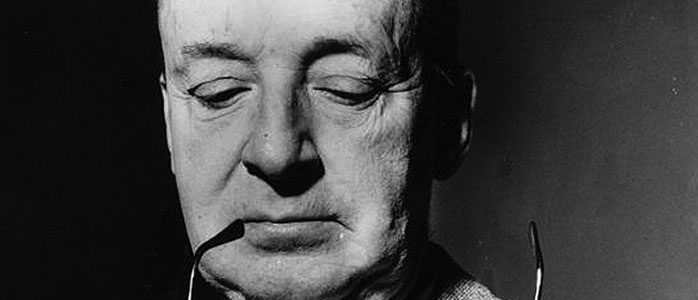
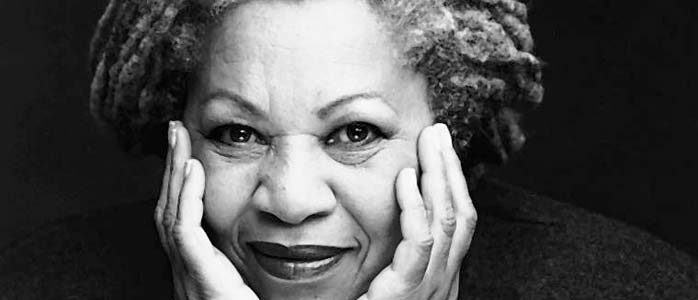
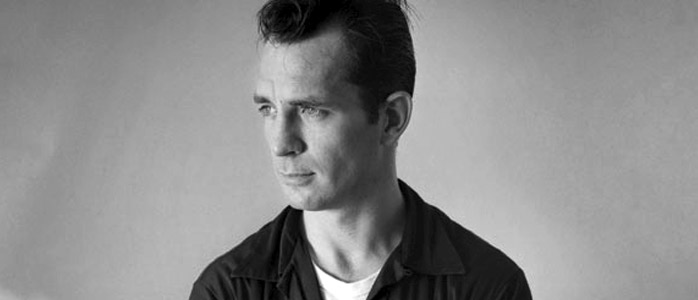
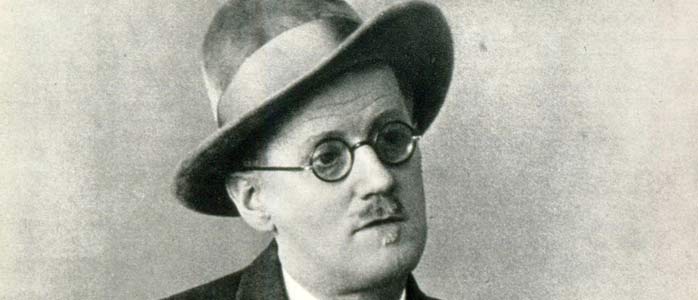
Excellent tips for newbies. Confirming your earlier summary of the Bible of William Zensser’s, ” On Writing Well “.
All aspiring writers must recognise that it is real hard work even for celebrated authose. Thanks for bringing such gems to newbies.
Thanks for your comment Ashok!